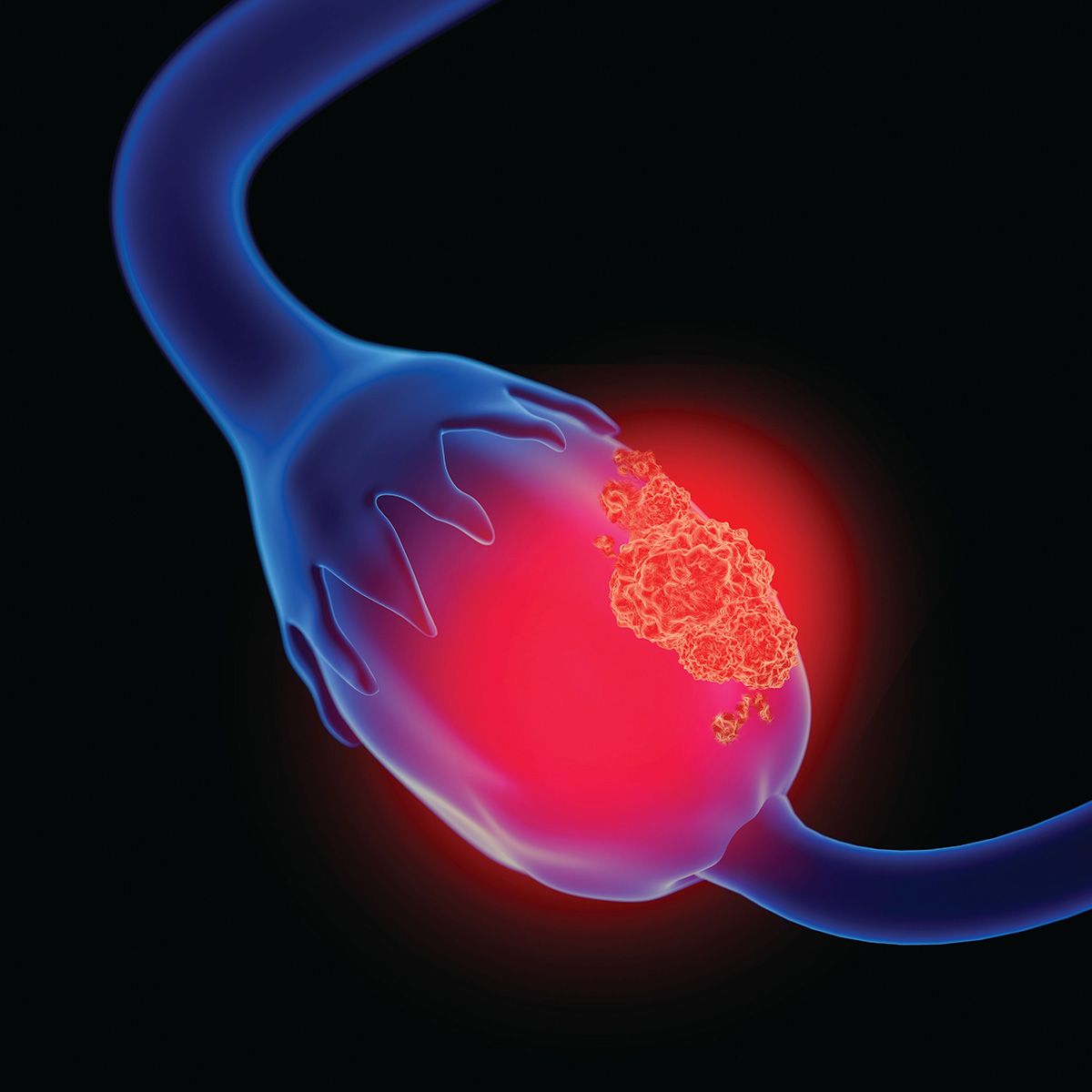Article
Lenvima Prompts Durable Responses in Ovarian, Endometrial Cancers
Author(s):
Lenvima (lenvatinib) in combination with weekly paclitaxel induced activity among those with recurrent endometrial and platinum-resistant epithelial ovarian cancer, according to results from a phase I study.
Lenvima (lenvatinib) in combination with weekly paclitaxel induced activity among those with recurrent endometrial and platinum-resistant epithelial ovarian cancer, according to results from a phase I study presented at the 50th SGO Annual Meeting, held March 16-19 in Honolulu, Hawaii.
Moreover, the activity seen was favorable compared with responses seen in other studies with weekly paclitaxel.
Lenvima — which is currently approved by the Food and Drug Administration for the treatment of recurrent or metastatic thyroid cancer, advanced renal cell carcinoma, and hepatocellular carcinoma – has been studied in recurrent endometrial cancer, while weekly paclitaxel has been evaluated in combination with a VEGF inhibitor for the treatment of recurrent ovarian cancer and recurrent endometrial cancer.
“It is interesting to see if we look at other studies of platinum-resistant ovarian cancer, when weekly paclitaxel is combined with other anti-angiogenic agents, the median response rates were around 30 percent and median (progression-free survival) between 6 percent to 10 percent. Also, in endometrial cancer, with single agent anti-angiogenics, the response rates have been high, but with relatively low progression-free survival,” said Floor J. Backes, M.D., associate professor in the Department of Obstetrics & Gynecology in the College of Medicine at The Ohio State University Comprehensive Cancer Center.
In the single-institution study, the researchers hypothesized that weekly paclitaxel and Lenvima would be safe and effective in patients with recurrent endometrial cancer and platinum resistant ovarian cancer. Their primary objective in the study was to determine the recommended phase 2 dose of the combination. Secondary objectives included safety and tolerability, objective antitumor activity, progression-free survival and pharmacokinetics of the regimen.
Patients were an average age of 63 years, the majority were white and they had received a approximately three prior lines of therapy.
Using a 3+3 design, 26 patients — 19 with ovarian cancer (13 high-grade serous, two low-grade serous, two clear cell, one endometrioid and one carcinosarcoma) and seven with endometrial cancer (four endometrioid and three serous) – received 80 mg/m2 of weekly paclitaxel on days one, eight and 15; and oral Lenvima daily on a 28-day cycle.
Lenvima dose levels were 8 mg (DL1; four patients), 12 mg (DL2; three patients), 16 mg (DL3; seven patients), and 20 mg (DL4; six patients).
Patients in the DL1 and DL2 cohorts did not experience dose-limiting toxicities, while one patient had mucositis in the DL3 group. The researchers noted that the frequent need for dose reductions for grade 3 toxicity (hypertension and fatigue) at DL4 led them to establish the phase 2 dose of 16 mg of lenvatinib with weekly paclitaxel.
After determining the maximally tolerated dose, six additional patients were enrolled to the expansion cohort.
Of the 23 patients available for response, the overall response rate was 65 percent, including one patient who experienced a complete response (4 percent), 14 who had partial response (61 percent), seven with stable disease (30 percent) and one with progressive disease (4 percent).
The overall response rate was 71 percent in ovarian cancer and 50 percent in endometrial cancer. The overall clinical benefit rate was 96 percent and duration of response among patients who experienced a complete or partial response was approximately 10.9 months.
Median progression-free survival was 14.0 months and 54 percent of patients did not have progression for more than six months.
The most common side effects of any grade included leukopenia (58 percent), anemia (50 percent), lymphopenia (42 percent), mucositis (46 percent), diarrhea (46 percent), anorexia (42 percent), nausea (35 percent), hypertension (42 percent), proteinuria (27 percent), epistaxis (27 percent), fatigue (42 percent) and hoarseness (27 percent). Grade 3 or higher side effects were hypertension (19 percent), neutropenia (15 percent), leukopenia (12 percent), anemia (12 percent), lymphopenia (8 percent), fatigue (8 percent), diarrhea (8 percent), mucositis (4 percent), vomiting (4 percent), hematuria (4 percent), rash (4 percent), thrombocytopenia (4 percent) and bowel perforation (4 percent).
“This is a small phase I study, so we certainly have to confirm these findings in a larger study,” said Backes. “We’ve also started thinking about evaluating the additional combinations.”





